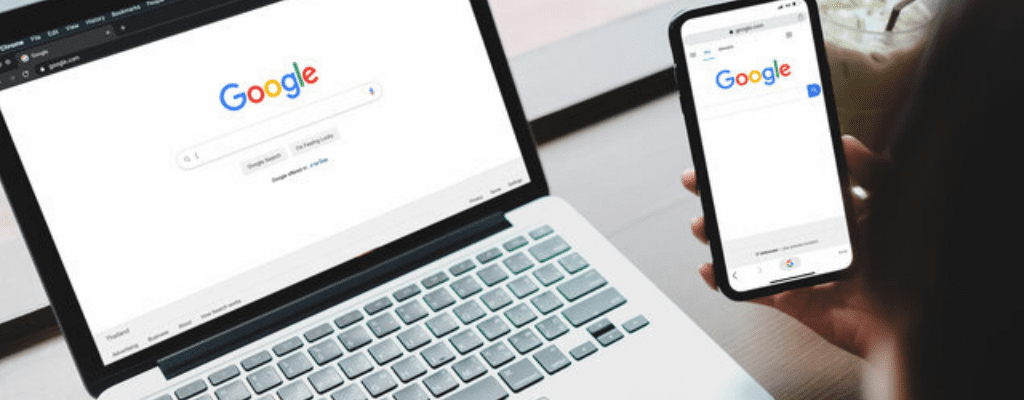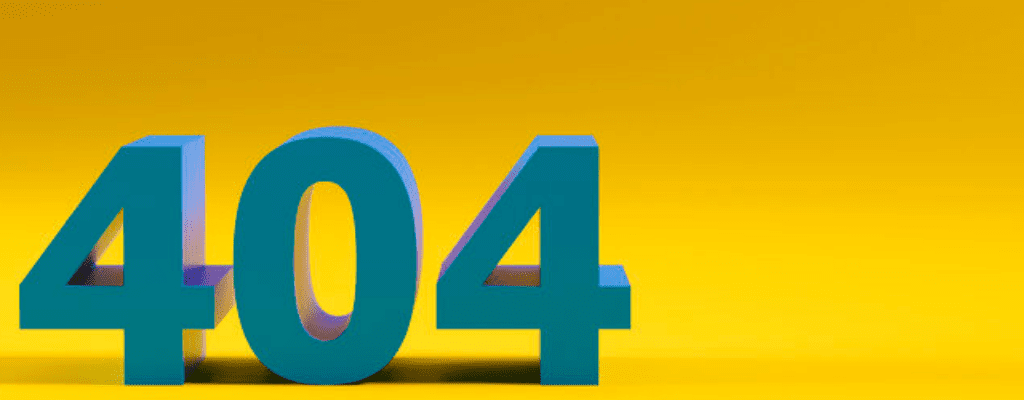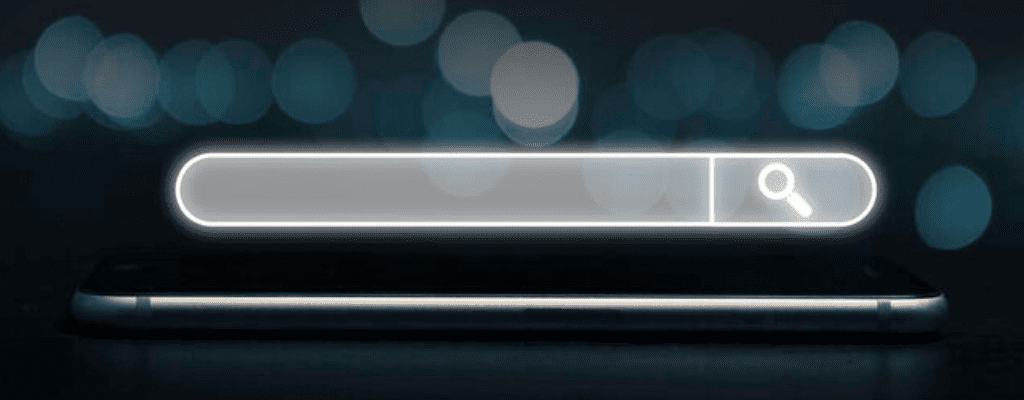Are You Making These Common Keyword Research Mistakes In Your SEO?
Keyword research is one of the central pillars of an effective local SEO strategy. When you make the right keyword choices, all your traffic generation techniques can be optimized correctly. Primarily, keyword research will be used to influence your SEO decisions. You can, however, use the data to make better choices about content marketing, social media, and video creation. While most marketers will perform a level of keyword research, some mistakes frequently occur. The following errors won’t always ruin an SEO campaign, but it helps to avoid them if you want to achieve serious search rankings.
ONLY DOING KEYWORD RESEARCH ONCE
The most intensive period of keyword research will be when you are setting up your site or embarking on a paid advertising campaign. This phase can lead to much useful information that will drive your planning into the future. The search results don’t remain stagnant, though, so you need to update your research periodically. An estimated 15 percent of all Google searches per year are brand new, meaning you can find relevant keywords based on trends, product releases, and more. Aim to make keyword research part of your regular schedule.
IGNORING SEARCHER INTENT
Google is focused on searcher intent when they answer a query. In the past, results for a search were often broadly tailored towards a keyword. However, improvements in the algorithm mean the listed pages are now tightly focused around the search intent. If you are targeting a keyword, look at the top results and think for yourself about exactly what a searcher would be looking to find. The content you create, including the title and URL, can then be tailored to deliver a close match.
ONLY TARGETING THE MOST POPULAR KEYWORDS
Most niches will have several broad keywords terms that have a high search volume. These keywords can be enticing as they would bring a great deal of traffic. You may find, though, that these popular terms don’t convert particularly well, with searchers having a range of needs. While it can be useful to target these popular terms, also make sure you focus on keywords with moderate or low search volume. The traffic for these terms can add up, and they often convert exceptionally well.
FORGETTING TO ANALYZE THE RESULTS PAGES
Keyword tools are a vital part of your research. A quality tool will provide search terms and related data. Unfortunately, many people take this information and immediately start a campaign. Analyzing the results pages, though, will give much useful information, allowing you to make considered decisions. Go to Google and search for your desired keyword. Look through the first page results, focusing on the type of content that Google is offering and the titles for each page. This research will explain in better detail precisely what you should be doing to rank successfully.
BUILDING MULTIPLE PAGES FOR EACH KEYWORD
As a site develops, it is common to find multiple pages targeting the same keyword. This approach might be by accident or design, but it is unlikely to produce positive results. Google can struggle to understand which page to rank, damaging the chances for either page. Also, other sites might not know which page to link to, so your backlinks are split, and each page receives a lower level of authority. Try to structure your site so that each page has a focus on a particular keyword, providing the most comprehensive information about the term.
Targeting the right keywords can save your business a lot of time and money. Keywords that are too competitive or don’t offer any real search volume will not provide the type of returns you want. In most cases, though, these keywords will still require significant effort to gain top rankings. By avoiding the common mistakes, you can focus on the right areas, selecting keywords that are achievable and convert. Fundamentally, keyword research is an integral part of online marketing, so following the right path has to become a significant priority.

How To Stay On The Top Of Google Search Results
There’s plenty of advice out there to tell you how to get your website to the top of Google search engine rankings. Once you get to the top, however, what does it take to stay there? Read on to learn what you need to build a strong local SEO strategy.
UPDATE YOUR CONTENT ON A REGULAR BASIS
When Google released its Caffeine update a couple of years ago, it enabled the search engine to crawl and store websites much faster than before. This meant that Google was able to see when websites added content. Google’s update came to mean that websites with the freshest content were pushed to the top of the search rankings.
Not only do you need to keep creating new pages for your website, you need to update old pages with new content and keywords, as well. You should be able to keep your pages as fresh as possible by putting in some keyword research.
KEEP CHECKING OUT THE COMPETITION
If you don’t keep an eye on your competition, it’s likely that they will try better moves than you at some point to overtake you in the search rankings. Free tools such as Ubersuggest help you get a detailed look at competing websites to see what keywords they use for their advertising and what their ad copy looks like.
GET GREAT SOCIAL SIGNALS
A lot of business owners argue that social media isn’t worth the time. It’s true that the number of times that a post gets shared or liked on social media does not directly affect search rankings. It does help indirectly, however, by giving web pages more authority and traffic. If you are to remain in the top three on Google’s search rankings for your keywords of choice, then, you need to pay attention to the social signals that your content gets.
The first goal should be to post quality content on social media as often as possible. It can also help make sure that the captions and posts are built around good keywords. When audiences find your business by the keywords you use, they will like and share your content to make it popular, which send social signals to Google. Your popularity on the social networks can help you get to the top on Google.
MONITOR MORE EFFICIENTLY
You need to keep an eye on every variable that is likely to affect your ranking, and take action the moment you detect a problem. A website business analytics dashboard AHREFs can help you stay on top of a wide range of variables from keyword rankings to linking websites. When you have every detail to do with your website accessible in one window, you’re usually able to keep track of more, and act quickly on any problem that turns up.
MAKE YOUR WEBSITE MORE USABLE
Building a website that loads quickly and allows easy navigation is important if you want to maintain your ranking. If your website either fails to load completely in a short period of time, or makes navigation difficult, it will likely send visitors away. When a website has visitors who stay for only a short time, it affects the site’s search ranking.
NEVER STOP BUILDING LINKS
You need a great link profile to even enter the top three search rankings on Google. If you want to keep your position, however, you’ll need to continue to build links even faster than before. This is because once you get to the top, you will have your competition studying your link profile to build a similar one for themselves.
If you want to stay at the top on the search engines, you can’t slack off on the effort that you put into building a great website experience. You will need to continue with everything you did to get to the top, and then do some more.

















